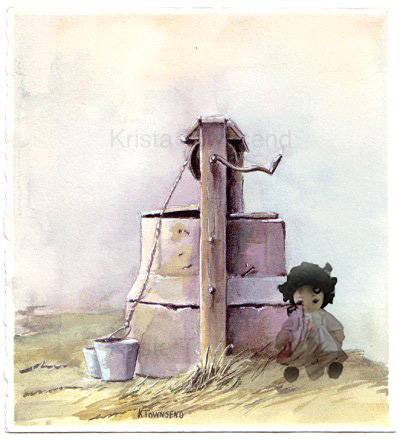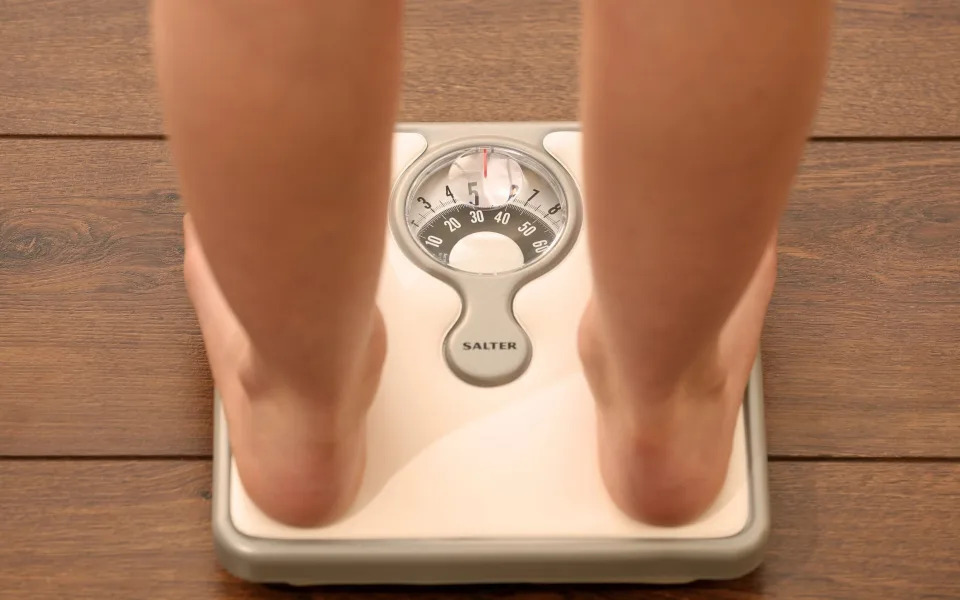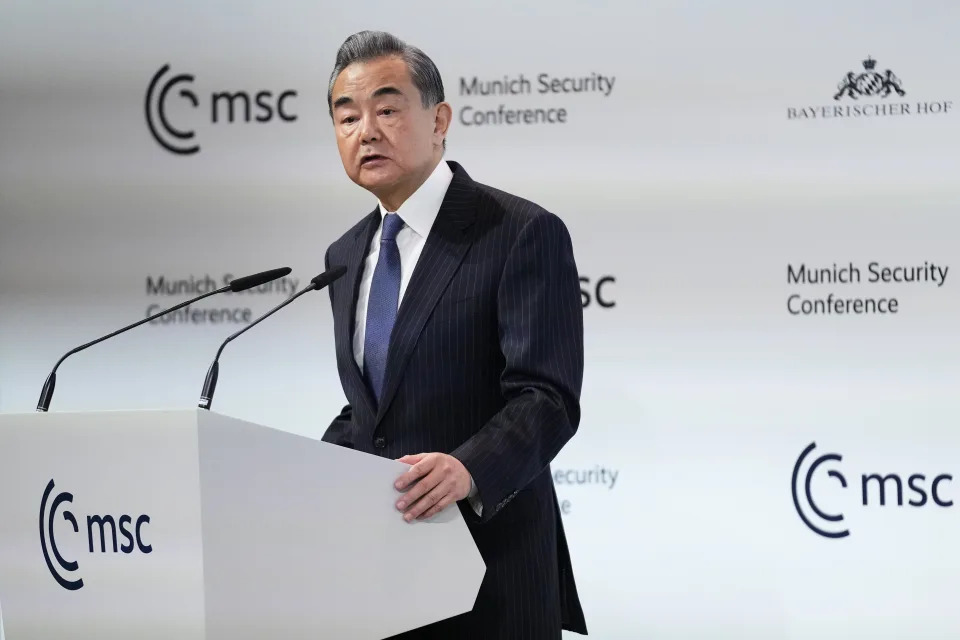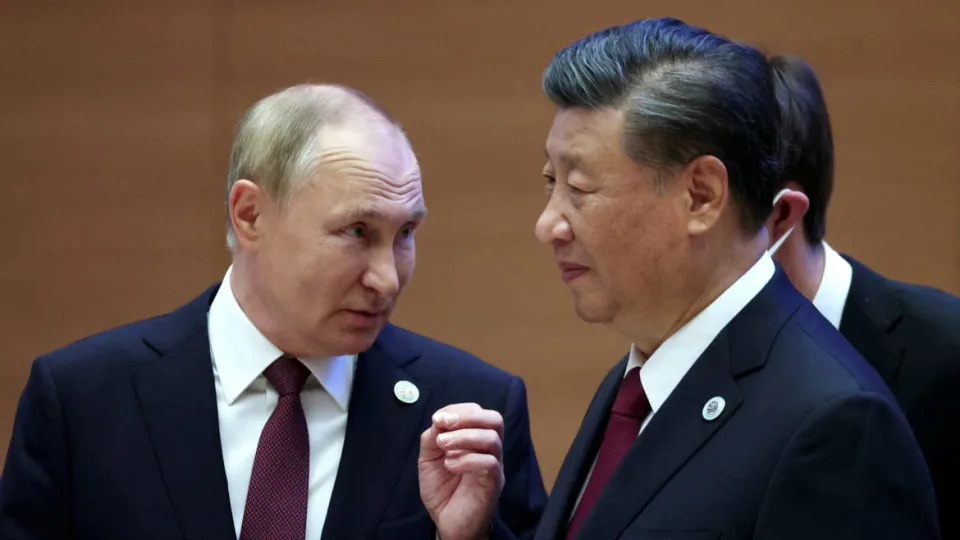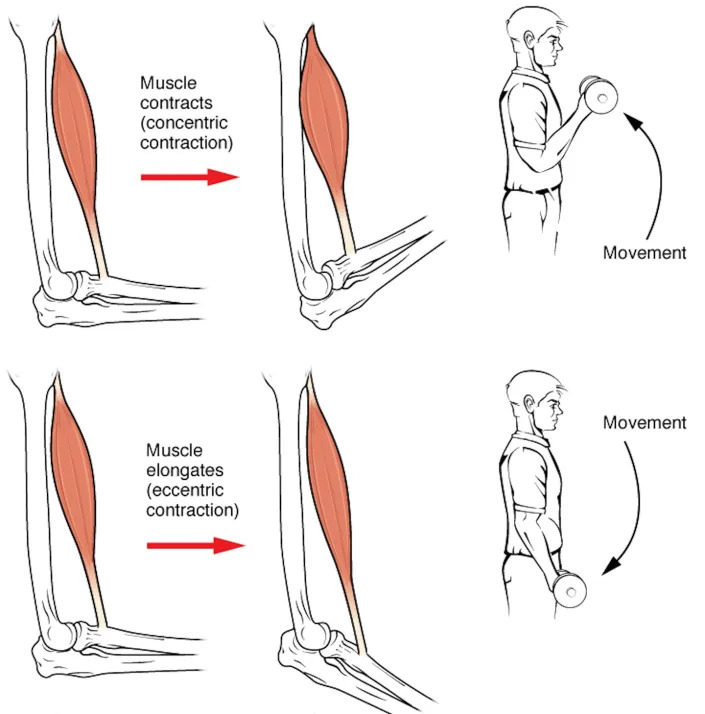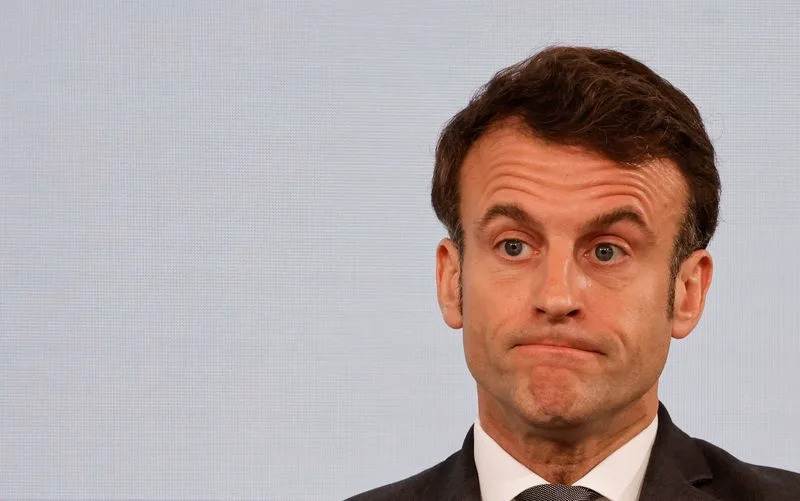Los Angeles Times
Column: Shrinking water supply will mean more fallow fields in the San Joaquin Valley
George Skelton – February 20, 2023

Downpours or drought, California’s farm belt will need to tighten up in the next two decades and grow fewer crops.
There simply won’t be enough water to sustain present irrigation in the San Joaquin Valley.
Groundwater is dangerously depleted. Wells are drying up and the land is sinking in many places, cracking canals. Surface water supplies have been cut back because of drought, and future deliveries are uncertain due to climate change and environmental regulations.
We’ve known all this for years, but long-term projections have become even more grim, according to a new study by the Public Policy Institute of California.
“We found that annual water supplies could decline by 20% by 2040,” PPIC experts wrote. That would mean around 3.2 million acre-feet — almost the amount giant Oroville Dam can hold in California’ second-largest reservoir.
For many generations, Californians have taken pride in the state’s bountiful harvests of fruits, vegetables, nuts and wine grapes. We’re envied by the nation for our production of varied foods — from avocados to almonds, from peaches to pistachios, from okra to oranges.
But by the end of this century, will agriculture still be robust?
Agriculture is water intensive. And water is becoming increasingly worrisome in the West, particularly with overuse of the Colorado River. There’s plenty of water off our coast, but we’ve only begun to dip our toe into desalination.
PPIC researchers offered a glimmer of hope for the San Joaquin Valley. With government teamwork — local, state and federal — and agriculture itself, the financial blow could be lightened, they said.
That would mean loosening the rules on farmers selling their entitled water to other growers. There’d also need to be investments in infrastructure to import additional water supplies.
But realistically all that seems iffy given California’s historic water wars. Selling water means taking it from one crop and pouring it on another. And most new supplies would come from other interests — such as farmers to the north or the coastal salmon fishing industry.
Compromising probably would require money — perhaps tax money — to pay farmers to fallow their land and governments to build new canals and repair old ones.
Growers and local irrigation districts would need to write checks.
“Locals need to have skin in the game. Everybody’s always happy to have someone else pay for their crops,” says Ellen Hanak, vice president and director of the PPIC Water Policy Center.
The PPIC found that at least 500,000 acres of San Joaquin Valley cropland will need to be fallowed in the next 20 years. The institute initially calculated that figure four years ago. But now it’s considered a best-case scenario, requiring an additional 1 million acre-feet of water.
“Needless to say, this would be a very heavy lift,” the researchers wrote.
A more likely scenario, the PPIC says, would be to expand water supplies by 500,000 acre-feet annually and wind up being forced to fallow about 650,000 acres.
But even half a million more acre-feet of water seems wishful.
The worst-case scenario would be losing 3.2 million acre-feet of water and fallowing nearly 900,000 acres, one-fifth of currently irrigated land.
Plan on it. Prepare to plant solar panels.
The biggest reason farmers face a severe water shortage is that for decades they’ve over-pumped aquifers. And government didn’t have the guts to stop them.
Finally in 2014, California became the last Western state to begin regulating groundwater use — but very slowly. By law, groundwater usage doesn’t have to become sustainable for 20 years.
Meanwhile, farmers have been drilling deeper and faster to extract water — not necessarily even their own — before they’re restricted by law.
“The real promise of the groundwater act is making sure people are not using groundwater they shouldn’t,” Hanak says. “If you use someone else’s surface water you’re going to court. But with groundwater, no one has been minding the shop.”
Gov. Gavin Newsom and water officials everywhere talk optimistically about recharging aquifers. Great idea. But first you need to find the water for recharging.
That can come from rare mega-storms, as we had in January. But there need to be facilities for moving the rampaging water and rules that permit it.
The water can be pumped onto barren land — storm or not — and allowed to sink into the ground. But a landowner must agree.
Here’s an idea: Turn barren, fallowed cropland into wetlands that recharge aquifers. Nurture wildlife. California lost 95% of its wetlands in the last century.
Climate change may also reduce available surface water.
Hotter, drier air may cause snowpacks to evaporate or soak into the mountaintops before the water can flow down into reservoirs. Or Sierra snow may melt quickly and descend in torrents so fast it can’t be captured in the Sacramento-San Joaquin River Delta.
It’s all guesswork now.
PPIC researchers also predicted increased environmental restrictions on water in an effort to protect salmon and other fish.
I wouldn’t bet on that. Farm interests tend to outmuscle fish interests.
Newsom, for example, is trying to waive environmental rules aimed at keeping juvenile salmon alive in the delta. He wants more water to be stored for farmers.
Some footnotes:
The San Joaquin Valley produces more than half of California’s agriculture. The wetter Sacramento Valley produces nearly one-fourth. Together they make up the Central Valley.
Agriculture uses 80% of California’s developed water. The rest goes to domestic use — business and residential.
But agriculture generates only about 2% of the state’s gross product, down from 5% 60 years ago. It’s 14% of the San Joaquin Valley’s gross domestic product.
Three of my solutions:
Plant fewer thirsty crops, such as almonds that have proliferated.
Expedite groundwater regulations and aquifer recharging.
Get serious about inevitable desalination.
